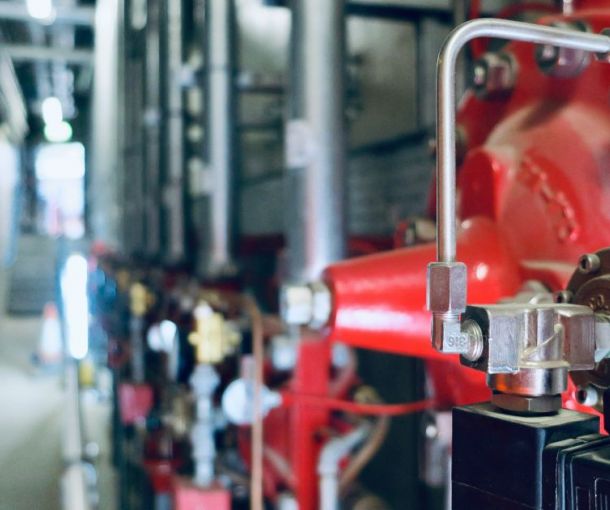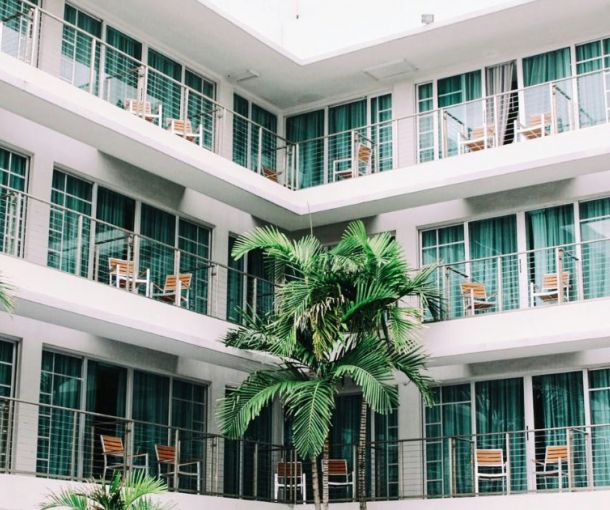
Asset Maintenance Scheduling and Records
If you invest in, own or occupy a residential or mixed-use strata building, it likely contains substantial assets, infrastructure, plant and equipment requiring periodic maintenance. Both maintaining and keeping records of maintenance is required for not only the protection of the assets and smooth running of the building, but also in some cases to achieve required safety standards required by law.
Timely maintenance completed to standards requires expertise – in both knowledge of the asset itself and time management for frequency of testing and servicing within the required specifications – and this should not be left to chance. In this article I will provide a list of common building assets, those that have statutory maintenance obligations, recommended time frames and the cost benefit analysis of proactive vs reactive maintenance, including how the life expectancy of the asset can be affected if not properly maintained.
Depending on the size and type of the community, there may be thousands of assets in a strata building ranging from small items such as light globes and air conditioner filters to extremely critical and sophisticated equipment such as the security system to essential machinery including boilers and air conditioning plant. The Body Corporate and Community Management Act as well as the Building Act in Queensland require all buildings to ensure their infrastructure is maintained so as to function as it was intended when the building was brand new. This is best achieved by having an initial maintenance schedule established that must contain maintenance and inspection schedules for all maintainable items on common property. This applies to both statutory maintenance [i.e. mandated under law] and advisory maintenance [i.e. where the maintenance and inspection is reasonably required]. Among other things, various Acts, Regulations, Australian Standards, Codes of Practice and supplier warranty stipulations require maintenance and inspection schedules for: –
- exterior walls, guttering, downpipes and roof
- electrical systems and equipment
- motorized plant and equipment, including automatic doors and boom gates
- pools and surrounds, including fencing and gates
- air conditioning, heating and ventilation systems, including car park exhaust
- fire protection equipment, including sprinkler systems, alarms and smoke detectors
- security access systems
- embedded networks and micro-grids
These assets are obviously diverse in their maintenance requirements. The standards also require the following to be included in the maintenance schedule: –
- all warranties for systems, equipment or any other things referred to in the schedule,
- any manuals or maintenance requirements provided by manufacturers for any of those things,
- the name and contact details of the manufacturer and installer of any of those things.
For an up-to-date guidance on statutory and advisory maintenance standards is the ABMA Building Management Code©. There is a state-specific version updated annually by the ABMA which includes any legislative updates since the prior year.
Given the sheer number of critical assets in a modern strata building and their diverse nature, their specific service schedules as well as tracking of warranties, it is obvious that asset management cannot be left to archaic and outdated practices especially in today’s world when performance requirements are heavily scrutinized, expected to be top notch and with diminishing scope for failures and lapses. The question then is, how to balance best performance verse lower costs?
Reactive or the “run-to-failure” management approach involves allowing an asset to operate until it breaks down, followed by reactive repairs and/or bringing the asset back to operational condition. Under this model, there is typically no maintenance performed between failures unless a problem is noticed by accident. While this approach may seem cost-effective, the larger cost of breakdown is often ignored. The inconsistent nature of breakdowns makes it hard to arrange resources for repairs, resulting in unplanned expenses, overtime resource costs, back up equipment costs and inflated prices of spare parts due to less bargaining power induced by quick purchasing needs – not to mention functional inconvenience to end users. Just imagine the entire building without hot water on a cold winter morning. The emergency nature would create an open cheque book scenario where you would be ready to pay anything to bring back the water heater to a working condition in the shortest possible time.
The sensible alternative is proactive or preventive assets maintenance, and for good reason. This approach involves regular planned tasks that are scheduled on either time passed or meter triggers to reduce the possibility of asset failure. The reliability and life span of an asset can be extended via periodically checking, cleaning and maintaining the equipment. These scheduled tasks improve planning capacity for schedule upgrades and reduce unplanned downtime, directly improving overall productivity and producing cost savings.
Good strata management relies on expert human resources coupled with good management practices, one of which is the utilization of robust building/facilities management systems. From the asset management point of view, a good FM system should provide a powerful and easy to use asset register which records maintenance requirements of each asset along with the standard or regulation that imposes maintenance obligations upon the building owner, and then generates logical site-specific maintenance and inspection plans for the property. An even better system would notify the users about upcoming maintenance and inspection tasks well before due dates. An excellent system would let the staff perform these tasks on-the-go using mobile apps and would provide ready-to-use reports for different user groups including bodies corporate, the committee, senior facilities management [or Caretaker] as well as the larger residential community.
There are a few reputed FM system providers in Australia, one of which is MYBOS who not only let you trial the system for up to a month for free, but also provide free onsite training and price guarantees, not to mention the incredible support during onboarding for building data transformation and import.
In the end, what matters is how much you are willing to progress with the times and change. Sticking to archaic practices might seem easier in the short term, however it is ultimately costly, inefficient and prone to failure. Changing to proactive and preventive maintenance may appear overwhelming at first, but a good management system actually lessens the workload and provides an audit trail of prudence that survives individuals. The records do not get lost, no matter who the strata manager or Caretaker is.
Approaching complex mandatory maintenance from a proactive, prudent and compliant viewpoint guarantees better site management and job performance in the long run, saves the owner’s money and improves common property functionality. Not a hard choice then, is it?







